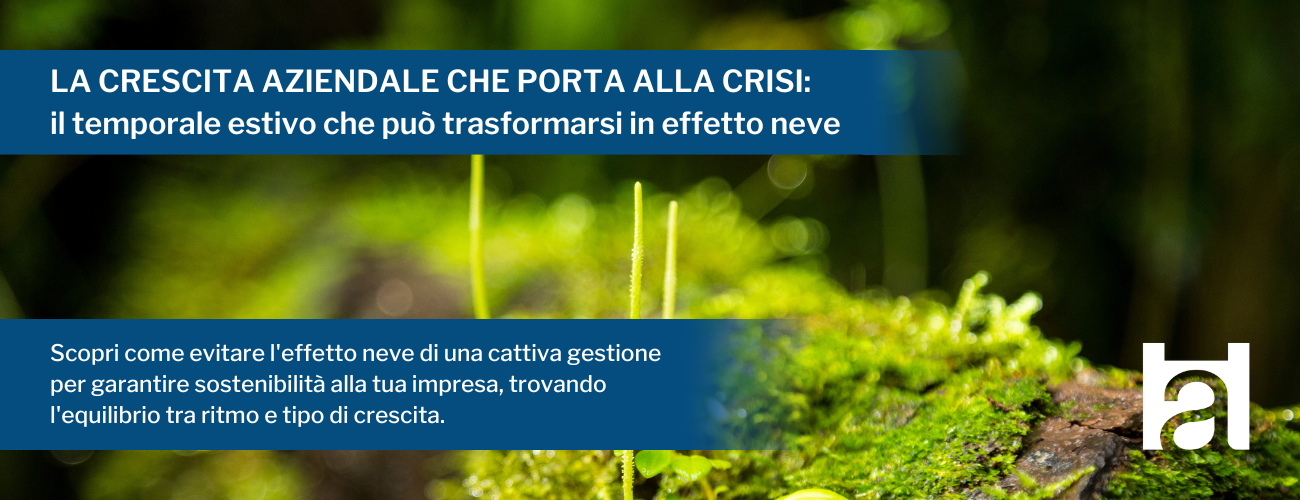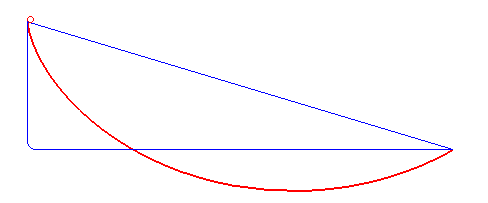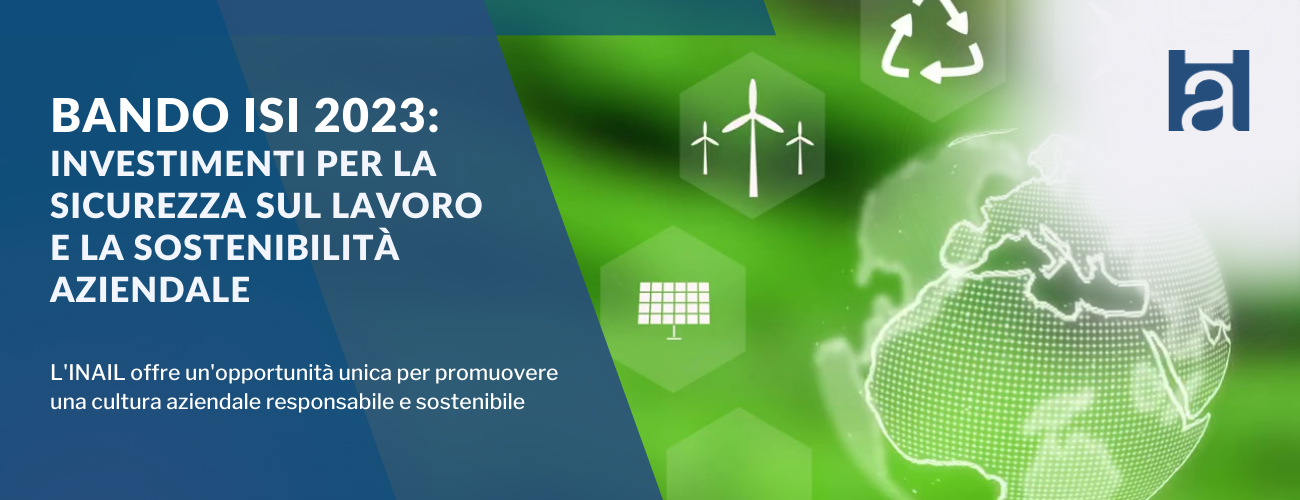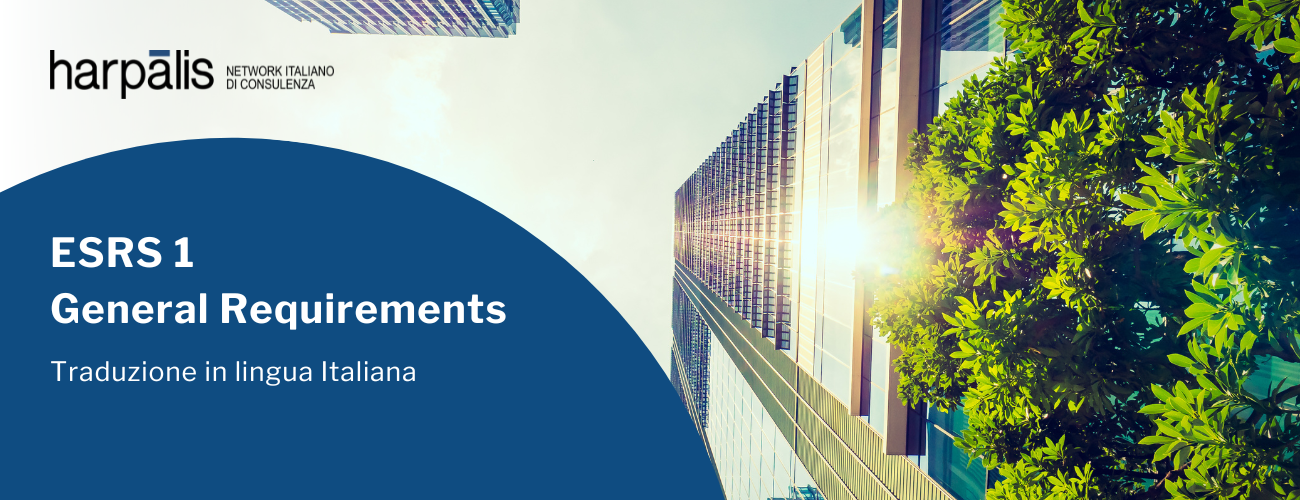Learn how to avoid the snowball effect of mismanagement to ensure sustainability for your business by finding the balance between pace and type of growth.
Growing a forest takes strategy and patience. Nature has its own times, and for lasting results it is better to come to terms with the cycle of the seasons than to be forced to improvise some fancy summer rain dance or to have to hope for some unlikely ray of sunshine to melt the January snow.
This principle also applies to companies, whether they are a small forest in the countryside or a forest spanning several regions. The seasons facing the enterprise present the same climatic turbulence as the months of the year. There are factors that can be confusing and misleading, others that can provide support and help, and still others that, if well managed, can become unexpected allies.
The main goal of any business is clear: to grow and prosper over the long term, generating value for itself and the community in which it operates. However, To achieve lasting results, it is important to remember that the shortest path is not always the fastest way to reach the goal.As physics also demonstrates, with the Fermat’s principle illustrated in the graph below.
In other words, in order for trees to grow lush, adapt to external conditions, and be able to bear fruit, the company must find the right balance between growth and sustainability. Only then will it be possible to continue creating value over time. Italian small and medium-sized enterprises should pay close attention to the issue of value creation, which is often confused with mere profit maximization.
Focusing exclusively on one’s own business can in fact lead to choices that undermine the sustainability and stability of the enterprise.
If maximizing profits means maximizing the present discounted value, that is, the amount you are willing to pay today for a stream of future receipts, this implies looking beyond the present and considering the consequences of today’s decisions on the generation of value in the future. However, accurately predicting future values is a complex and imperfect undertaking, which can lead to poor decisions and a business crisis. That is why it is important to strike a balance between maximizing short-term profits and creating lasting value.
In this sense, profit should not be seen only as today’s earnings, but rather as the stream of future profits that the company could generate. In fact, the enterprise may have too much profit in the present but risk destroying it in the long run with poor organizational and strategic choices.
Misinterpreting the season, for a company, which means getting the growth pace wrong, can lead to depleting its resources and facing difficulties in the following year.
Even getting the wrong kind of growth can push the enterprise into the same spiral of value destruction and lead it into a crisis. If one focuses only on turnover, for example, during lean times, the temptation may be to find temporary solutions, such as borrowing. A tool that if used in a distorted way can lead to the so-called snow effect.
Imagine it as a snowfall that spreads a white carpet over the unruly terrain of the company and temporarily relieves its financial strains, which, however, as soon as the first spring suns appear resurface, showing how dearly the time gained has been paid for.
In this case we are talking about poor quality, second-hand growth that is unable to generate profit. This can be caused by an imbalance between sales and debt, when increased sales themselves lead to unsustainable debt and a drain on the firm’s resources.
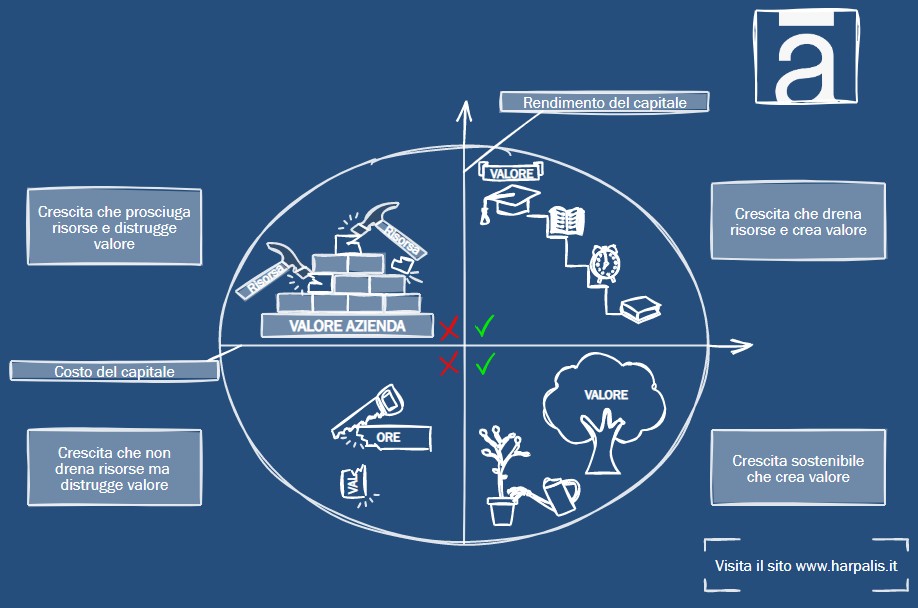
This may inevitably lead the company into unstable and crisis situations. At that point, regret for poor growth decisions becomes an ongoing analysis, both of the past and the future, while understanding that the shortest path is not always the fastest is the first step in planting seeds that will lead to sustainable growth.
For yes, it is true that we are approaching the beautiful season, but every summer is followed by autumn and then winter, and only those who prepare themselves for the difficulties can successfully navigate the turbulence of the business and ensure the growth of a thriving forest.
